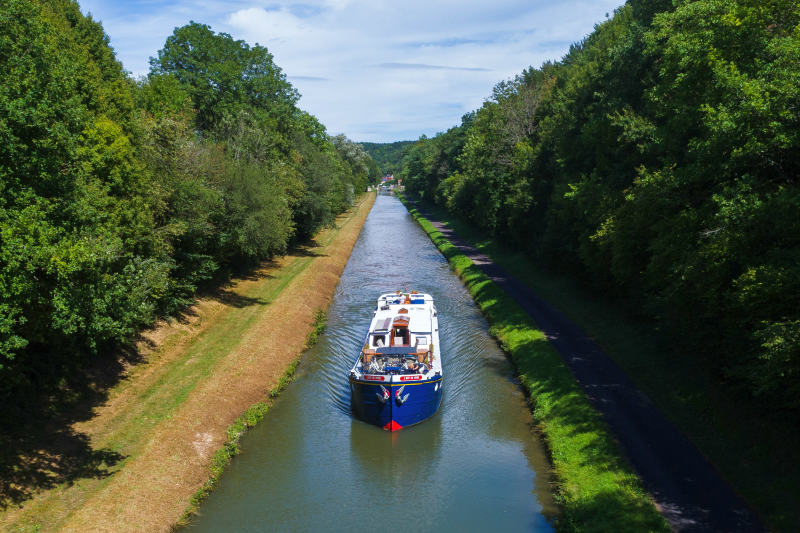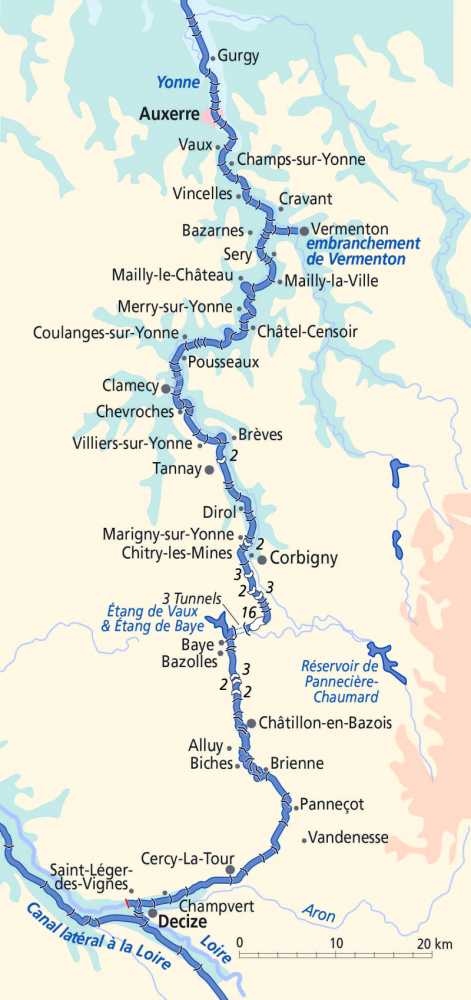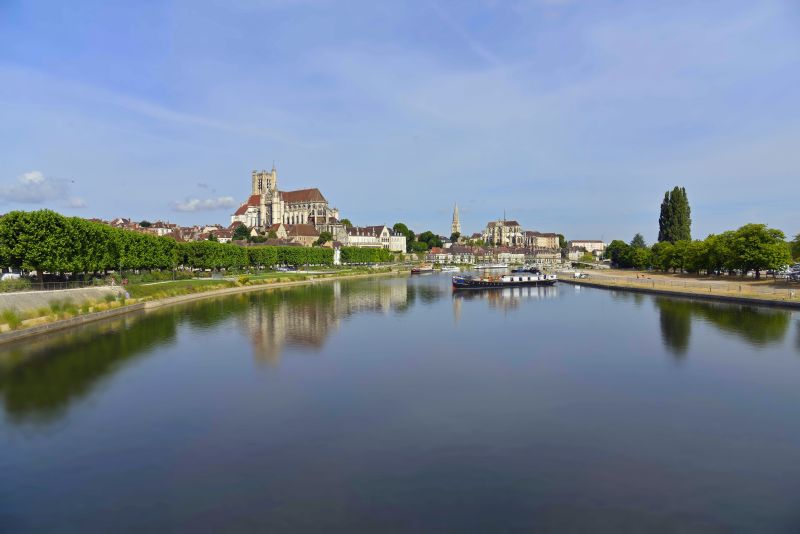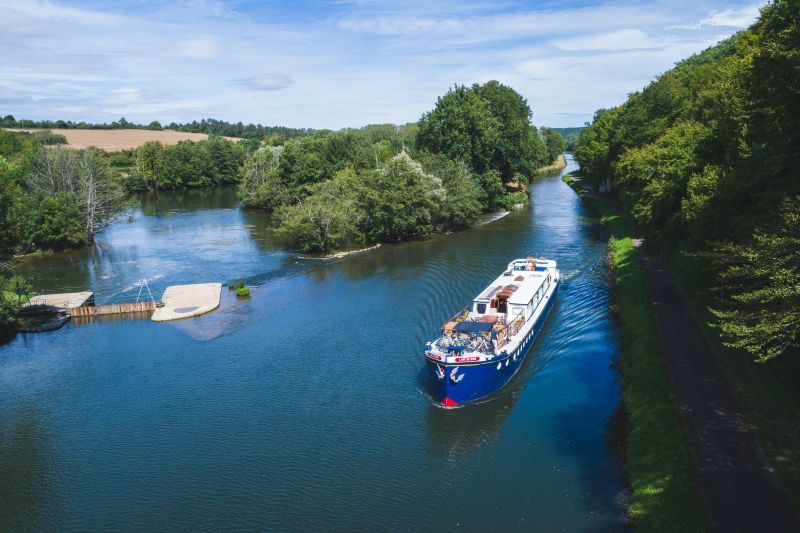The Nivernais Canal in Burgundy is often described as France’s most beautiful canal. The Canal passes through western Burgundy, crossing the Yonne Valley and from time to time merging with the Yonne River itself.
The Waterways of France - The Nivernais Canal

The Nivernais Canal - The Geography
The Nivernais Canal, which stretches for 111 miles with 119 locks, passes through western Burgundy crossing the River Yonne and, from time to time, merging with the river itself. North of the summit at Baye, the River Yonne serves as a navigation channel for most of the way between Clamecy and Auxerre and, where the canal is artificial, the Yonne serves as a feeder for the canal’s water supply.

The Nivernais Canal - Sixty Years of Chaotic Work
The Nivernais Canal opened in 1843 after sixty years of construction and was primarily built to transport firewood from the Morvan Forest to Paris. Since the 16th century, the Yonne was used for “flottage de bois” – a system for floating logs downstream. Whereas most rivers and canals were used by barges transporting cargo, these logs were literally floated down the river in their thousands in rafts. Men called “flotteurs” rode on these rafts with poles to prevent jams in much the same way as the North American lumberjacks of more recent times. As the firewood demands increased, there was a need to transport logs from further away and so the requirement for a canal.

The Nivernais Canal - The Timber Trade
The Nivernais Canal was first proposed in 1708 but abandoned due to opposition from the Duke of Orléans who, not coincidentally, was proprietor of the nearby Loing Canal. At the end of the 18th century, a project was started to extend the “floatable” part of the river towards the forests of Bazois by building a small channel in a tunnel under the hills of Collancelle. However, since this was the era of canals, the project of a small channel for floating timber was expanded to become a navigable waterway. Work started in 1784 (based on an earlier plan) and was finally completed in 1841.
The wood trade was the region’s main source of income until the 1920s, even when timber had to be carried on barges after flottage was outlawed in 1881. The canal saw the last of its commercial traffic in the 1970s and today, a shallow draft and small gauge locks limit the size of barges that use it today to 30m (100 ft) in its upper reaches.

The Nivernais Canal - Unspoilt Countryside
Today the Nivernais Canal is known for its tranquility, its beautiful valleys and hills, and its historic and picturesque villages and vineyards. Its path through the hills of Morvan, the wild valley of the Yonne, and the green meadows of Bazois. Enjoy the Canal du Nivernais aboard Hotel barge L’Art de Vivre.
 English
English
 Spanish
Spanish French
French German
German Norwegian
Norwegian Portuguese
Portuguese Swedish
Swedish Italian
Italian Russian
Russian Simplified Chinese
Simplified Chinese Japanese
Japanese